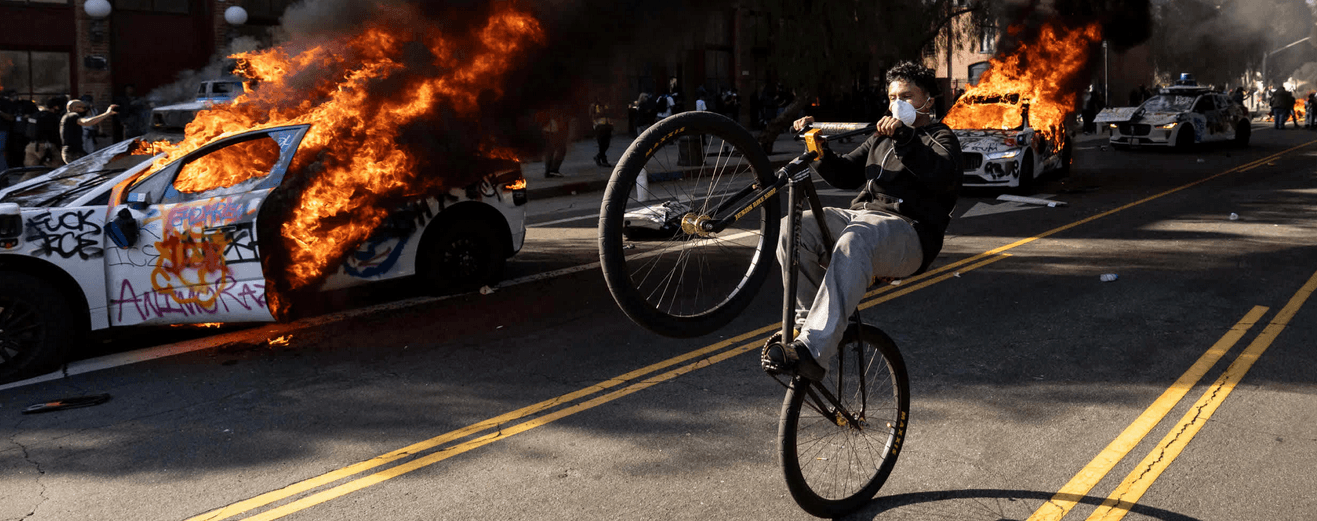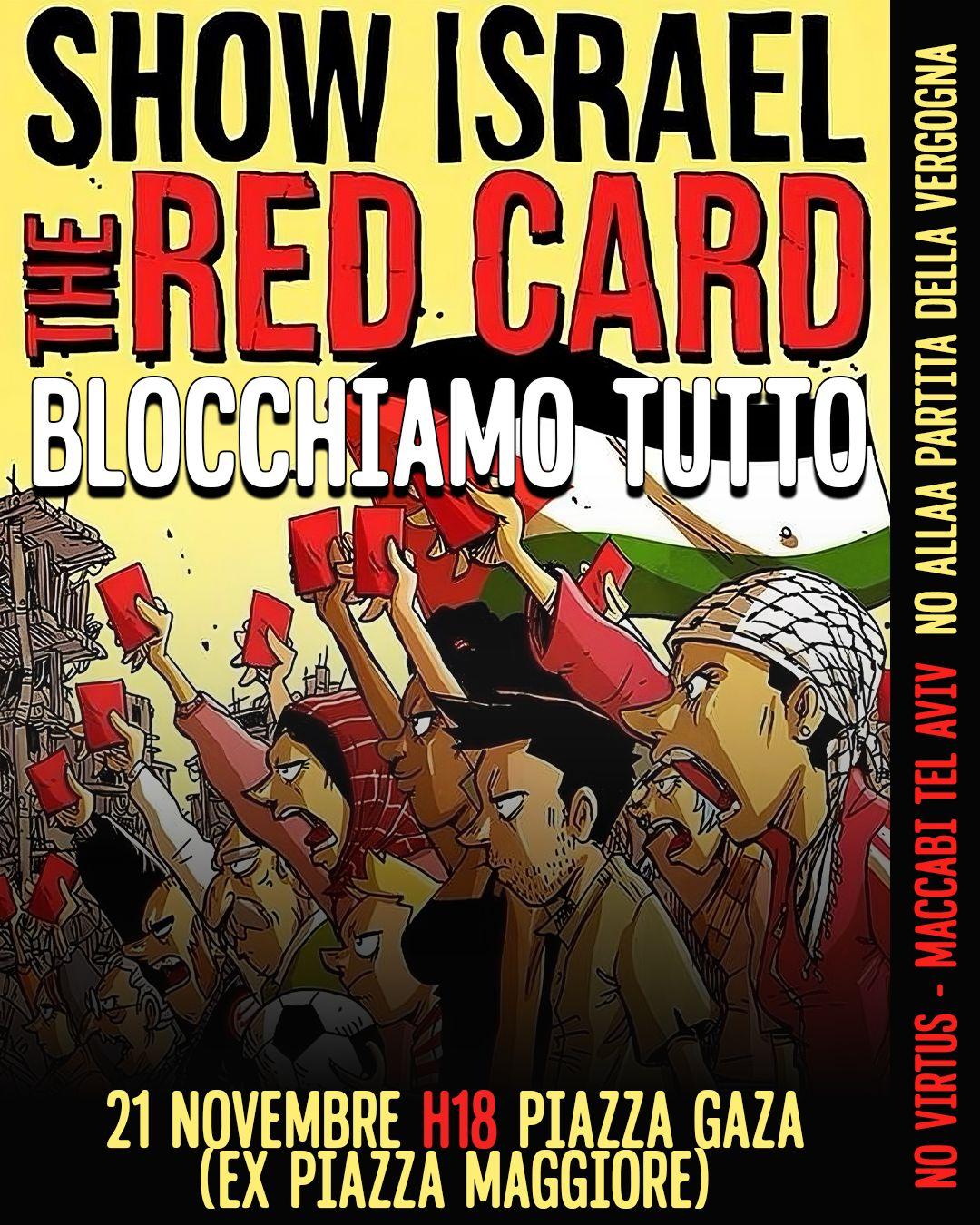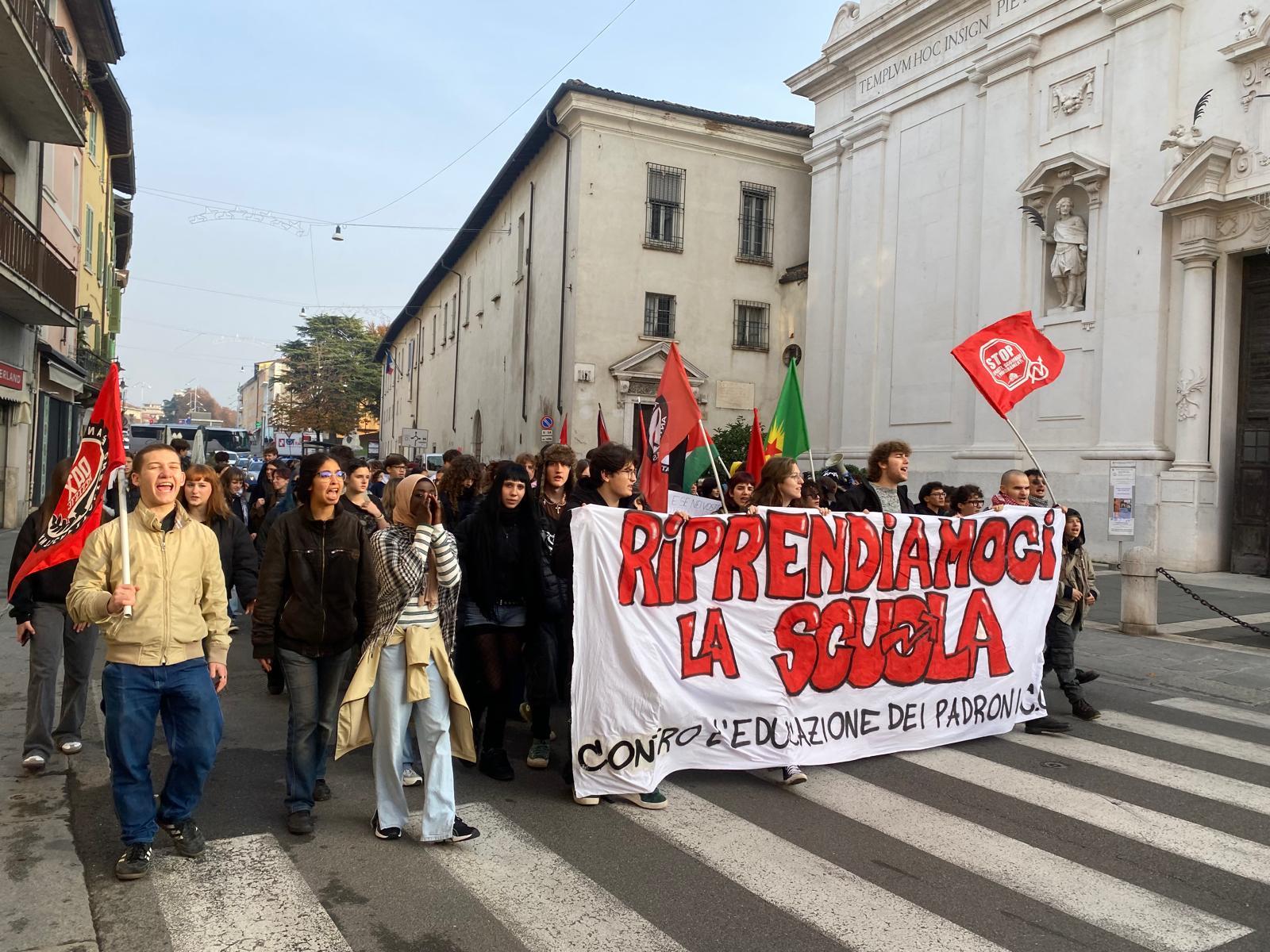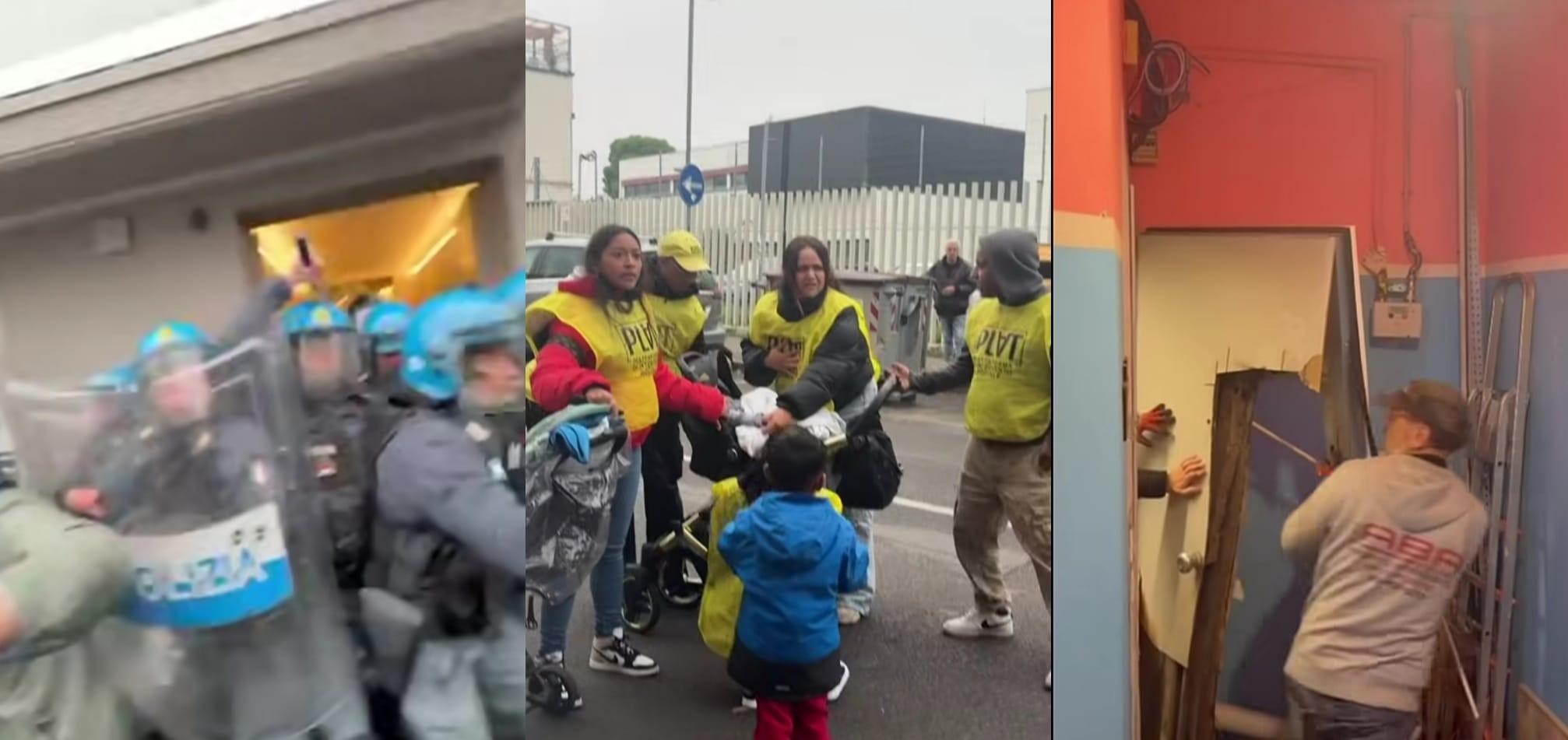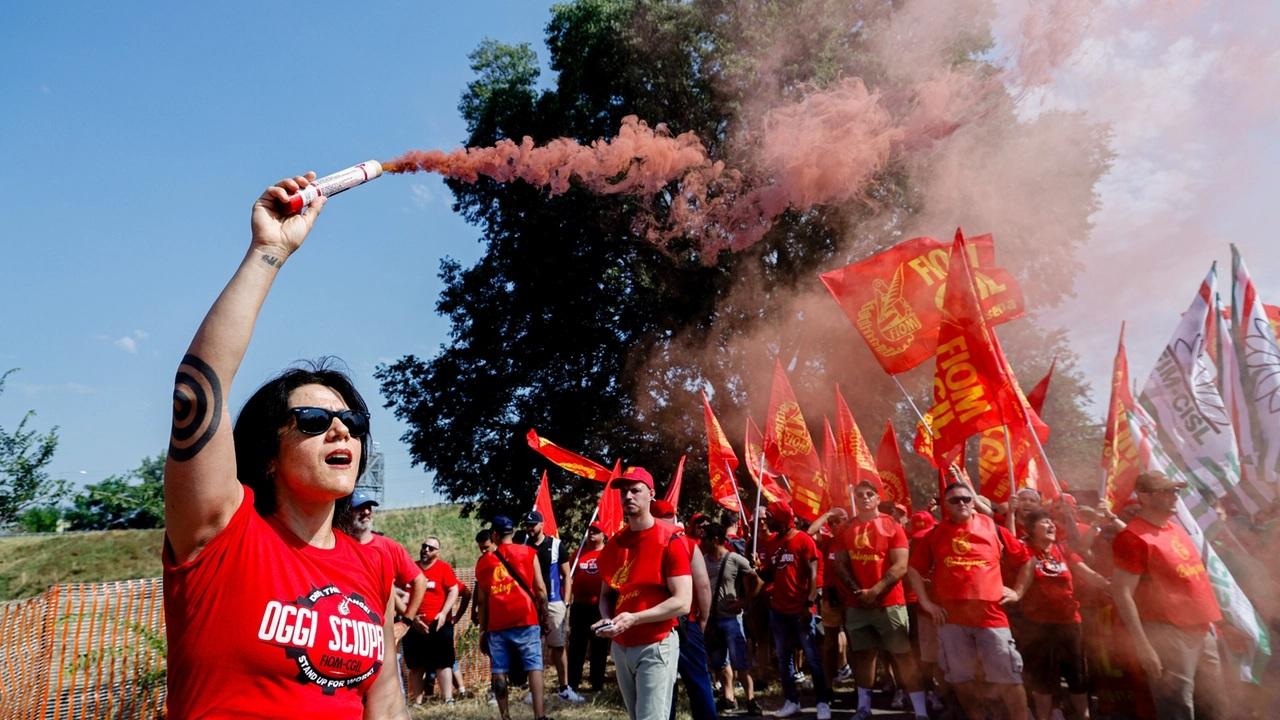WHAT AN ASSEMBLY, A TREE, A SQUARE CAN DO.
On May 27, a few collectives in Istanbul put up the first tents in order to resist the demolition of Gezi Park at Taksim Square. On the same day, students together with workers in Verdi Square in Bologna put up barricades in order to defend an assembly that risks eviction by the police and carabinieri. On May 30, Taksim Square is filled by supportive protesters, aware of the brutal repression aimed at the resisting people of Gezi Park. After a few hours, the fire of revolt is lit in Istanbul while riot police has to escape. The same happens in Bologna, where the square resists and counterattacks police and the authorities that try to prevent an assembly on the square – the students manage to charge the police that are forced to flee the area. What unites Taksim Square and Verdi Square is not only a fatal series of events, also recounted in the story of the small tree of freedom that was planted in the middle of the square by the antagonists of the city at the end of the demonstration named ”rights are conquered through pressure”. There is more to this. What possibly in this moment should interest us the most is the territory.
Within a few days, we have observed and/or participated in the redefinition of the territory through forms of autonomous social meeting places of conflict, oriented towards the re-appropriation of the urban space, marking the sharp borders of political enmity. The space is no longer violently defined by the logic of power in its public or private aspects but it is redefined through the production of an antagonist subjectivity. Taksim Square has seen the violent process of gentrification and privatization of public spaces, while Verdi Square has seen the rotten hand of the public that wants to strangle the forms of life inhabiting the university area. Public and private aggressions have incited strong social counterattacks based on the historical memories (the Taksim Square massacre on 1 May 1977, and the barricades of Verdi Square after the murder of Francesco Lorusso in March 1977); autonomous political partecipation (both squares are used as the agora of the movements on a daily basis); the productivity of the territory captured by the exploitation belonging to the capitalist economy in crisis (the two squares, in Istanbul and Bologna, are places of various forms of cooperation between knowledges, bodies, and social energies). The counterattack, obviously different in terms of force, has managed to break the borders of territorial governance of power chasing away the, literarily speaking, last bastion of the defence of the putrefying mix of public and private within the territory: the police. In Taksim Square, it was the private that on administrative orders wanted to cut down the trees of a park in order to build a shopping mall. In Verdi Square, the authorities of the city led by the Democratic Party (with their foolish mayor Merola, that merits only disinterest if it wasn’t for their hilarious and bureaucratic interpretation of a grey Communist Party of the past) wanted to prevent assemblies and megaphones. However, this hysterical logic of territorial governance has been forced to bow and make a u-turn, chased by the rigid social subjectivities that inhabit and define these places culturally as well as politically. This is the infinite potentiality of an assembly, of a tree, of a square, just recently developed! This is what objects, spaces, forms of social meeting places can do, if they are politicized by the clash and enmity in times of crisis!
At this moment in Bologna, the institutions are licking their wounds trying to reorganize the political discourse after the resounding promises of fierce repression. Yesterday, a demonstration of students, precarious and blue collar workers (including many logistic workers), and unemployed crossed the city centre in complete and explicit autonomy, ending up in Verdi Square under the shade of the collectively planted tree. Thinking about it, Verdi Square will now not only have to deal with the law and riot police but probably also with a flock of associations that, similar to the neocolonial NGO’s, will be chased away by the common on those by struggle liberated square meters. Still, the weakness of the territorial governance of the public over this urban space may well manifest itself once again since we during these days more than ever have seen how the territoriality of social conflict has managed to mark a clear border between ”an us and a you” – on one side cooperating and politically antagonist life forms and, on the other, the rotten gentrification of the public and private, including the social-reformist supporters that still defend, albeit timidly, the constitution.
The past and, above all, the coming events of Verdi Square and elsewhere are from our point of view new manifestations of the movements’ creation of autonomous spaces that in Italy probably has reached its highest development in the Susa Valley. The Casbah of Tunis, Tahrir Square, Occupy Wall Street, Plaza del Sol, Syntagma Square, The Free Republic of Maddalena, and now Taksim Square all tell us what a space can do when it is politically defined by the autonomy of the life forms that inhabit it. An urban space can for us therefore become a context in which an antagonist subject acts, develops its political process, equipping itself with means and counter-capacities in order to conquer short-term as well as long-term objectives. Organizing spontaneity remains, while keeping our feet steady on the ground of co-research, the collective political experiment that makes us run between the barricades of Taksim Square and screaming ”freedom” in Verdi Square. A journey along the ridge of what is and of what could be. But after all, seen what a square, a tree, and an assembly can do, we are convinced that it is a journey worth the effort to make. All the way to the end.
Infoaut
Ti è piaciuto questo articolo? Infoaut è un network indipendente che si basa sul lavoro volontario e militante di molte persone. Puoi darci una mano diffondendo i nostri articoli, approfondimenti e reportage ad un pubblico il più vasto possibile e supportarci iscrivendoti al nostro canale telegram, o seguendo le nostre pagine social di facebook, instagram e youtube.



